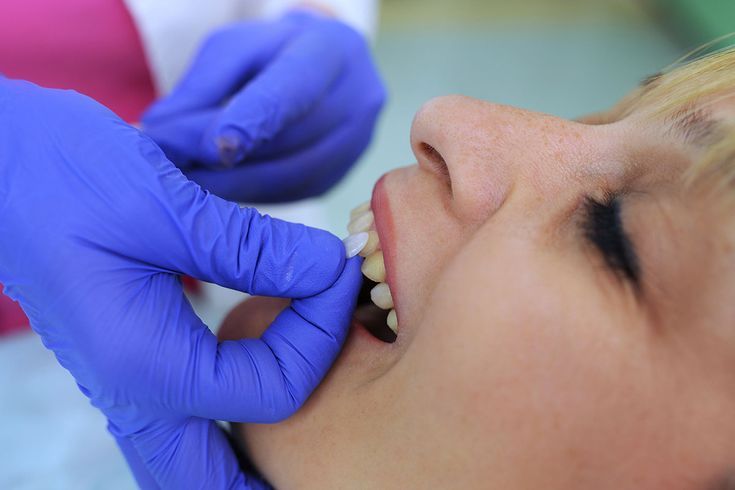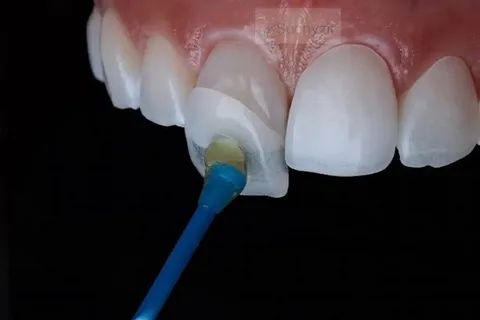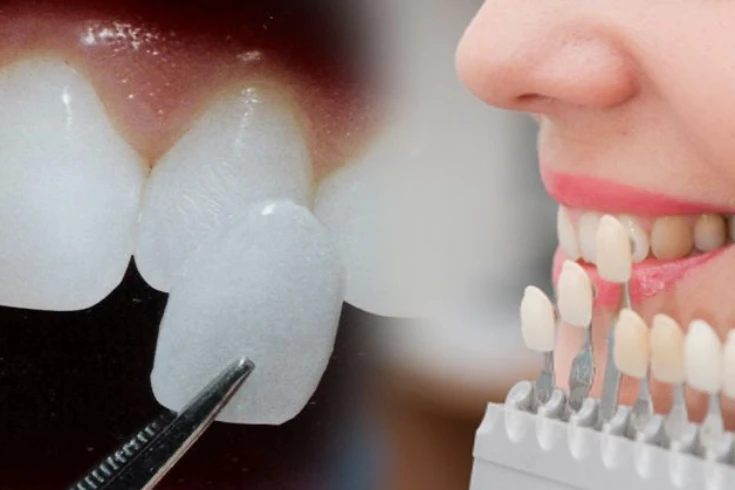Teeth filling is among the most prevalent dental practices meant to repair a cavity for the restoration of the tooth’s functionality and integrity. Hence, it will be important to understand the cost of teeth filling in Florida for budgeting purposes that ensure a smooth plan towards this dental service for effective management of your oral health care expenses. This blog covers various aspects of teeth filling costs, types of fillings, insurance considerations, and ways through which you can save on dental costs in Florida.
What Influences Teeth Filling Cost in Florida?
There are a number of factors that influence the cost of a tooth filling. Here is their breakdown:
- Type of Filling Material: the cost will vary depending on the type of filling material to be used, and the costs vary from amalgam (silver) through composite resin (tooth-colored), up to porcelain and gold fillings. Amalgam fillings are relatively cheap; composite fillings are moderately priced, while gold and porcelain are the most expensive.
- Location and experience of the dentist: In major metropolitan areas, such as Miami, Orlando, or Tampa, it may be more expensive. In addition, dentist’s experience and reputation will influence the price.
- Size of the cavity and its location: The procedure may take a lot more time because of this, and the prices will appreciate, especially if the cavity is huge or is located in a place hard to reach.
- Additional Procedures: In some cases, additional procedures, such as sedation or anesthesia, may be required, adding more to the total price.
Average Charges or Cost of Teeth Filling in Florida
The cost of a tooth filling in Florida can vary deeply depending on the various factors mentioned above. Here is an approximate outline of the average cost:
- Amalgam Fillings (Silver Fillings): $50 – $150 per tooth
- Composite Resin Fillings (Tooth-Colored Fillings): $90 – $250 per tooth
- Ceramic Fillings: $250 – $4,500 per tooth
- Gold Fillings: $300 – $4,500 per tooth
The average cost of teeth filling of major cities of Florida is shown in the following table.
| City | Amalgam Fillings | Composite Resin Fillings | Gold Fillings | Ceramic Fillings | Glass Ionomer Fillings |
| Miami | $150-$250 | $200-$400 | $1000-$2500 | $300-$1500 | $150-$300 |
| Orlando | $150-$200 | $180-$350 | $1000-$2500 | $300-$1500 | $150-$300 |
| Tampa | $140-$220 | $190-$370 | $1000-$2500 | $300-$1500 | $150-$300 |
| Jacksonville | $120-$200 | $170-$340 | $1000-$2500 | $300-$1500 | $150-$300 |
| Hialeah | $120-$200 | $170-$340 | $1000-$2500 | $300-$1500 | $150-$300 |
Cost of Teeth Filling with Insurance in Florida
Of course, dental insurance can go a long way in reducing the out-of-pocket cost of teeth filling. Most insurance plans pay for 50% to 80% of the filling cost, especially in cases where such a procedure is medically needed. Here’s what you need to know:
- Filling coverage: The insurance plans normally pay partially for amalgam and composite fillings. However, most insurance plans do not cover gold or porcelain fillings as they are mainly cosmetic.
- Annual Maximums and Deductibles: Most dental insurance plans have a maximum coverage limit annually with an average amount ranging between $1,000 and $2,000 and a deductible to be met before the insurance coverage kicks in.
- In-network vs. Out-of-Network Dentists: In-network dentists have pre-negotiated rates with the insurance company. Therefore, they offer cheaper treatments than out-of-network dentists, who can charge higher costs.
How Much Tooth Filling Price without Insurance in Florida
The tooth filling price for patients without dental insurance may be high enough. These options shall help manage the said cost of the procedure :
- Dental Discount Plans: The discount plans charge a lower fee from the member for accessing dental services. The fee ranges from 10% to 60% of usual fees. These could be provided by many different providers and may present an affordable option besides insurance.
- Community Dental Clinics: Many community clinics use sliding scale fees related to income. Thus enabling the accesses to dental treatments among people who cannot afford it.
- Dental Schools: The accredited dental schools in Florida that are affiliated with the University of Florida amongst others provide affordable dental care through monitored students.
Types of Teeth Fillings Available in Florida
There are several types of filling materials applied on teeth with each of its advantages and disadvantages. Let us look into these options.
- Amalgam Fillings: The dentist manufactures it using metals such as silver, mercury, tin, and copper. Strong, they serve well for the back teeth since that is where chewing pressure and friction are most extreme.
- Composite Fillings: Composite fillings tend to melt into the color of the teeth. Hence, they are more adapted for the front teeth. However, composite fillings wear away a bit sooner than metal fillings.
- Gold Fillings: they are the most durable fillings, which could easily last for more than 20 years. These are not routine fillings due to their high price and difference in appearance from the natural teeth.
- Porcelain Fillings: Porcelain Inlays/Onlays – The dentist fits your tooth with a designed porcelain inlay or onlay. The porcelain will boast a natural color. Porcelain inlays and onlays are strong and resistant to discoloration but are more expensive.
How to Save on Teeth Filling Costs in Florida
Here are a few tips to help you cut costs on teeth fillings:
- Opt for Amalgam Fillings: You could save a little money by opting for amalgam fillings, assuming the appearance is not a huge concern.
- Ask about Payment Plans: Most dental practices will have a payment plan available that will enable you to pay for the treatment over a period of time.
- Preventative Care: Regular cleanings and exams prevent little cavities from becoming big cavities. Thus making the treatment less invasive-easier on the nerves and easier on your wallet.
- Negotiate Prices: If you’re having to pay out of pocket, the sensible thing to do would be to try and negotiate the price. Some dental practices will give you a discount if you pay upfront.
Conclusion
Although the cost of teeth filling in Florida varies, understanding the dynamics at play will help you make informed decisions concerning your oral health. Whether you have dental insurance or not, there are ways to bring down the expenses and keep that healthy smile on. Keep in mind that regular checkups are very important and might lower costs when considering discount plans or visiting dental schools and community clinics. If you’re looking into teeth fillings in Florida, it would be best to consult a local dentist. The dentist could give you a better idea regarding your options and the cost involved. Cost should not be an issue in taking care of your teeth; there’s always something for every budget.
FAQ’s
What should I do if I need a filling?
If you think you need a filling, it’s best to consult a local dentist. They can evaluate your situation, provide options for treatment, and give you an estimate of the costs involved.
How often should I get dental checkups?
It is generally recommended to have dental checkups at least twice a year. Regular visits can help catch issues early, reducing the likelihood of needing fillings or other more invasive treatments.
Why is preventative dental care important?
Regular dental cleanings and exams can help prevent small cavities from developing into larger, more expensive issues, ultimately making treatment easier and more affordable.
Do dental insurance plans cover teeth fillings?
Yes, most dental insurance plans cover a portion of filling costs, typically between 50% to 80%. However, coverage may vary depending on the material used, with amalgam and composite fillings often covered, while gold and porcelain fillings may not be.





